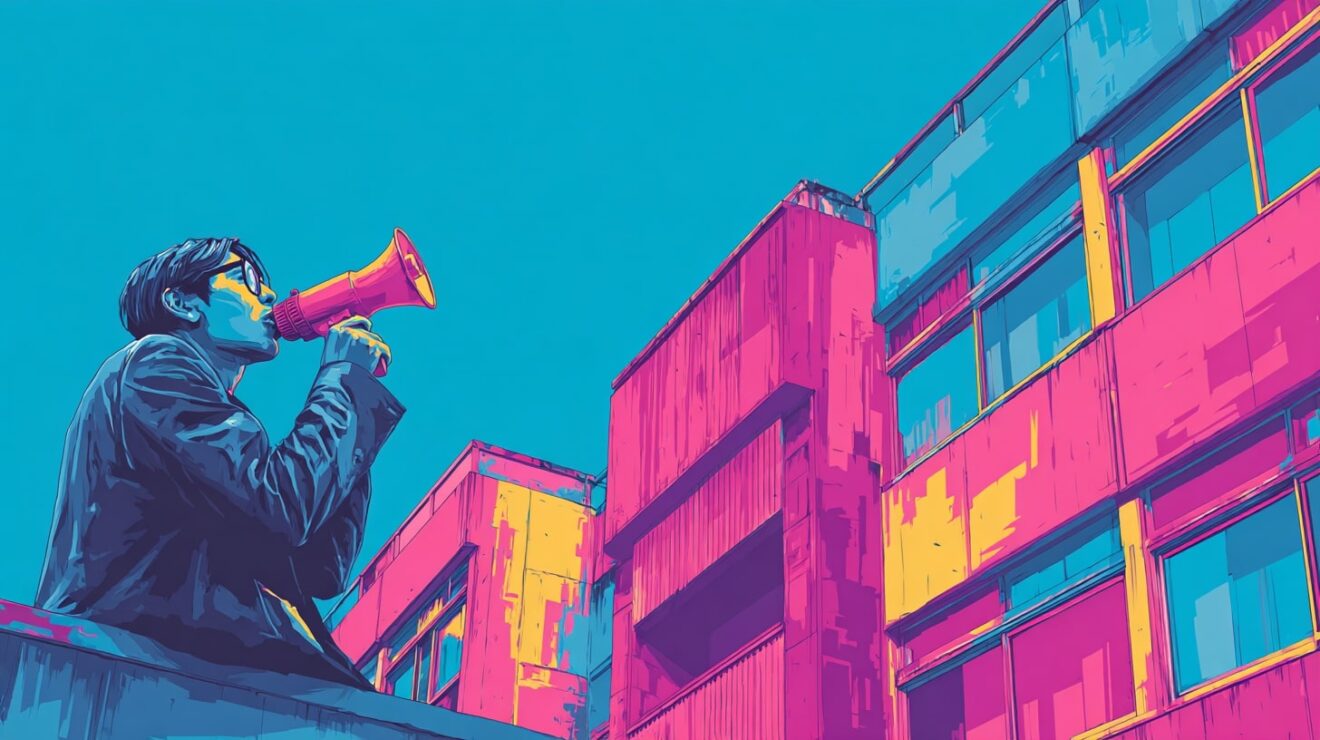There are huge upheavals in the world, tales of human endeavour and suffering. We’re all looking towards the years ahead, and what we can piece together of normal or a “new normal” world. For me in my role, that’s about looking ahead on student sport – and some of the big challenges facing BUCS.
Around two months ago, the BUCS season was cut short due to the Covid-19 outbreak. Tournaments were cancelled, league standings were finalised, BUCS big Wednesday became just “Wednesday”, and the overall BUCS points table was voided. But the good news is that next year is a fresh start.
I’m not too sure.
BUCS will be meeting soon to discuss next season, but each question seems to open a door to even more questions, leaving plenty of uncertainty and much to think about when it comes to considering what next year could, or should, look like.
A messy picture
Social distancing regulations are expected to be in effect for months, if not longer. Looking at sport, the problem becomes very complex. You don’t have to delve deep to find stories of completely separate approaches taken by different international sporting federations, National Governing Bodies (NGB’s) and leagues.
It all means that a 2020-21 season for BUCS could be a messy picture requiring lots of considerations:
- Levels of competition. The government, along with NGB’s will be reintroducing different levels of sport differently, with initial focuses on the elite level, and sport for the purpose of wellbeing. A risk-benefit analysis probably won’t be in favour of amateur competitive sport for a while. It’s difficult to see BUCS and similar levels of competition sitting too high on the priority list for now.
- Type of sport. Those sports demonstrating levels of social distancing will presumably return before contact sports.
- Travel. How far will travel be allowed across the country? Will modes of transport be viable? And should we be thinking differently anyway given the climate crisis?
- Style of competition. Individual fixtures carry a lower risk of spread than tournaments bringing students in from all across the country.
- Who’s on campus, anyway? Universities will be reintroducing students differently. If the first semester is online for all, or some of the student cohort, assembling teams may not be plausible for some institutions, even if we’re given the all-clear from NGB’s.
- Student choice. At-risk groups will still be sceptical, particularly early in the season. Even if we’re towards the end of any peaks, many will still be wary of coming to matches and events.
It’s reasonable to be concerned, therefore, that the BUCS season will need to start later than usual; that there could be staggered introductions; and that it probably will end up concentrated in later parts of the academic year.
Let’s say we start the season later than usual, trials happen (itself an interesting thought if large gatherings aren’t allowed at that point), and institutions get teams together. Will we be able to accommodate a “normal” season that is concentrated towards semester two?
Demands
Universities won’t be the only ones trying to shoehorn a season into a few months. The demand placed on sporting facilities may peak as matches, leagues and tournaments are permitted once again. The potential increase in workload for staff members involved on the BUCS office or institutional-side of delivery is another huge concern, considering how flat-out so many are already.
Our local experience is that a significant proportion of the referees, officials and volunteers that are available on a Wednesday afternoon, or over a full weekend, are retired and in at-risk age groups. This could result in a further spanner in the works for administration.
In a semester-2-heavy season, hosting a potentially high frequency of matches, stress on the bodies and increasing academic concerns of the student-athletes. Injury rates would rise, and the intensity of student life would increase, with fixtures potentially moving closer to key deadlines and assessments.
Finances over next year is a worry for many institutions. The aftermath of hard financial hits, reductions in admissions, and worries about how much we can warrant charging students for a reduced sporting offer. There are expectations of reduced budgets, and entering teams into BUCS represents a big cost.
What can be done
For me, there are some key challenges ahead for BUCS:
- Providing assurances – around the earliest possible beginning of the season, and fast! Particularly with many institutions looking at an online delivery of teaching over all, or part of the first semester, there may be worries about athletes opting to stay at “home-home”.
- Flattening the (administrative) curve – flexibility around introducing different sports will be vital next season. Agreeing activity with NGB’s and UK Active as early as possible will help competition administration on the sides of both, the BUCS office and institution.
- Improving the BUCS Play app – whilst some work has been done, and we’re seeing improvements, there’s still some distance to go. With the possible increase in administrative burden, the app will certainly need to be in good shape for next season! There may also be a need to offer greater leniency in regulations regarding officials.
- Reducing the offering – it’s unfortunate, but in some cases it will have to happen, particularly for Wednesday league and cup, where we may be endangering student wellbeing, as well as our finances and facilities. One of the most obvious ways of maximising the volume of fixtures per team would be to remove the cup offering for a year.
- With the league provision, there won’t be a one-size-fits-all approach, but there’s scope to trial some more inventive, and affordable solutions. Reduced matches and triangle fixtures are a possibility that could lessen costs for the institution, difficulty securing facilities, and a worrying carbon footprint, as well as the more obvious reduction of average league sizes or playing teams once rather than home or away. Taking the opportunity now might result in some more sustainable, affordable changes to the structure of BUCS.
What can we do?
Within institutions and SUs, we can and should commit to offering the best possible sporting experience, as soon as we are able. We will have to work really hard to engage new students in new and exciting ways, and will probably have to think virtually at first.
In terms of facilities, we will need to seek assurances on the student priority when the “new normal” arrives. Particularly when looking at university-owned facilities that also have commercial targets – after having lost custom for many months, this conversation is one worth starting as early as possible.
Ensuring that communication remains open with our coaching staff and students will be as important as ever. This may be the longest preseason that our athletes get, so there is some real opportunity here from a coach’s perspective, but it’s tough to sustain progress when the light at the end of the tunnel is visible, but of an indeterminate distance.
The challenge is on us to keep them motivated, training hard and working on injury prevention in the build up to the season. Strength and conditioning, nutrition, fitness, team building, and so many more of the foundations needed from a preseason can all be delivered virtually, so no excuses!
The competitive sporting offer will probably be hindered in the early stages of the next academic year, and it’s certainly not alone in this. Everyone is worrying about the student experience next year. The focus is rightly looking at making student experience as good as it can be whilst social distancing measures are in place, but it won’t be as fun as the real-deal.
Unfortunately, the puzzle won’t get easier for a while, and I’ve got more questions than when I started. What’s crucial – like in every other part of HE – is that we have the debate about what comes next out in the open, and across the breadth of the student sport community.


















